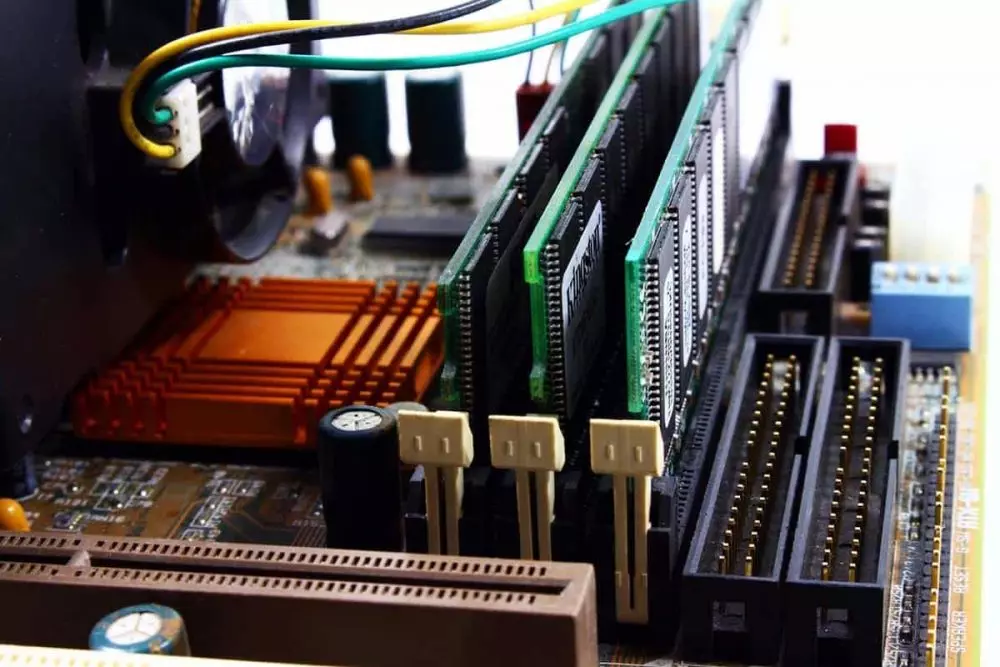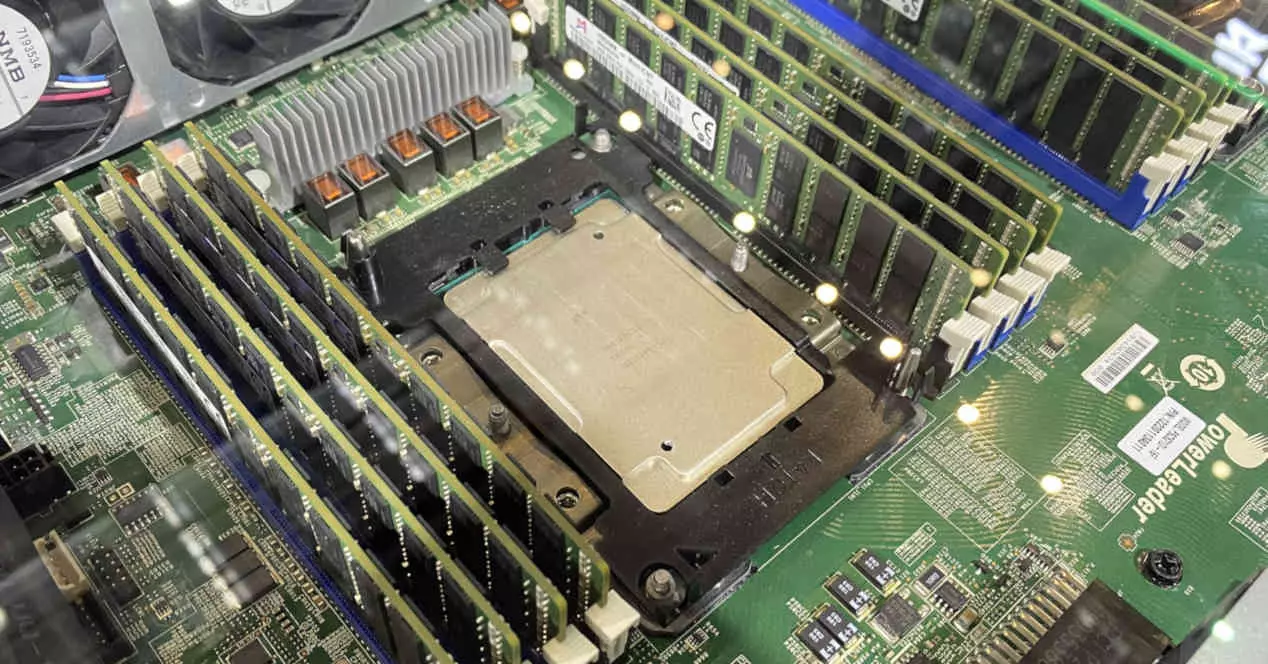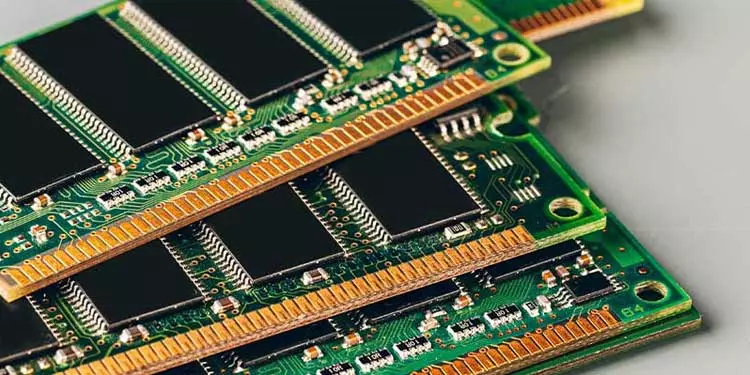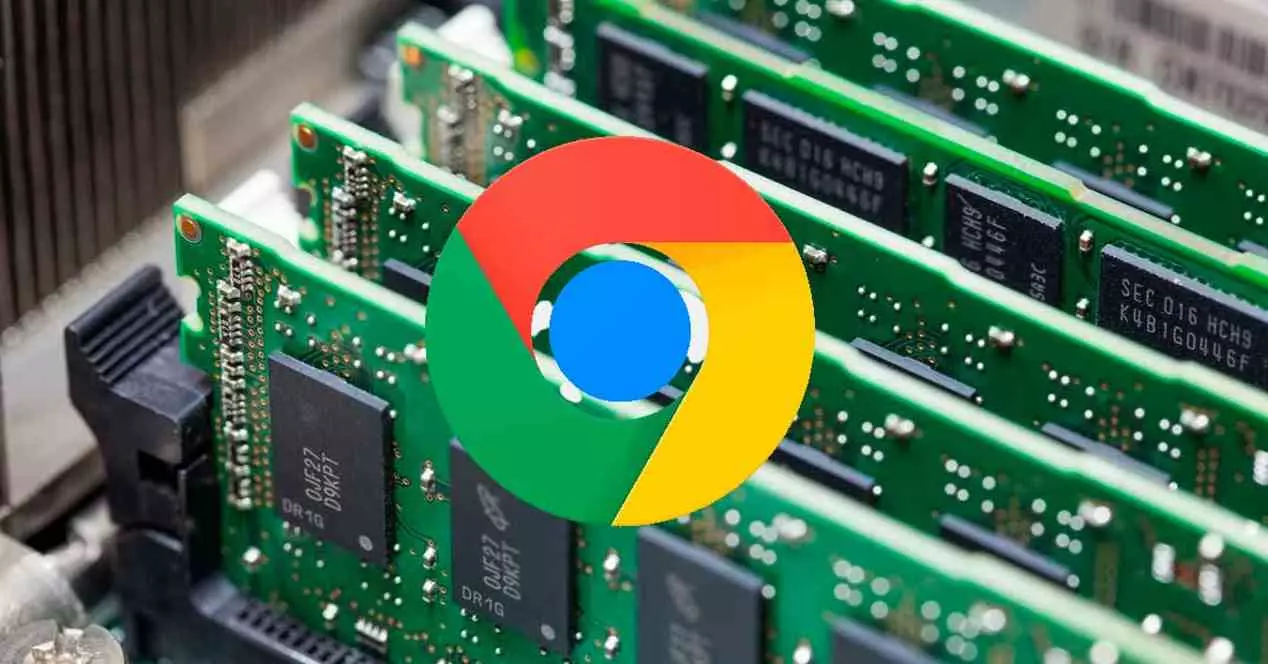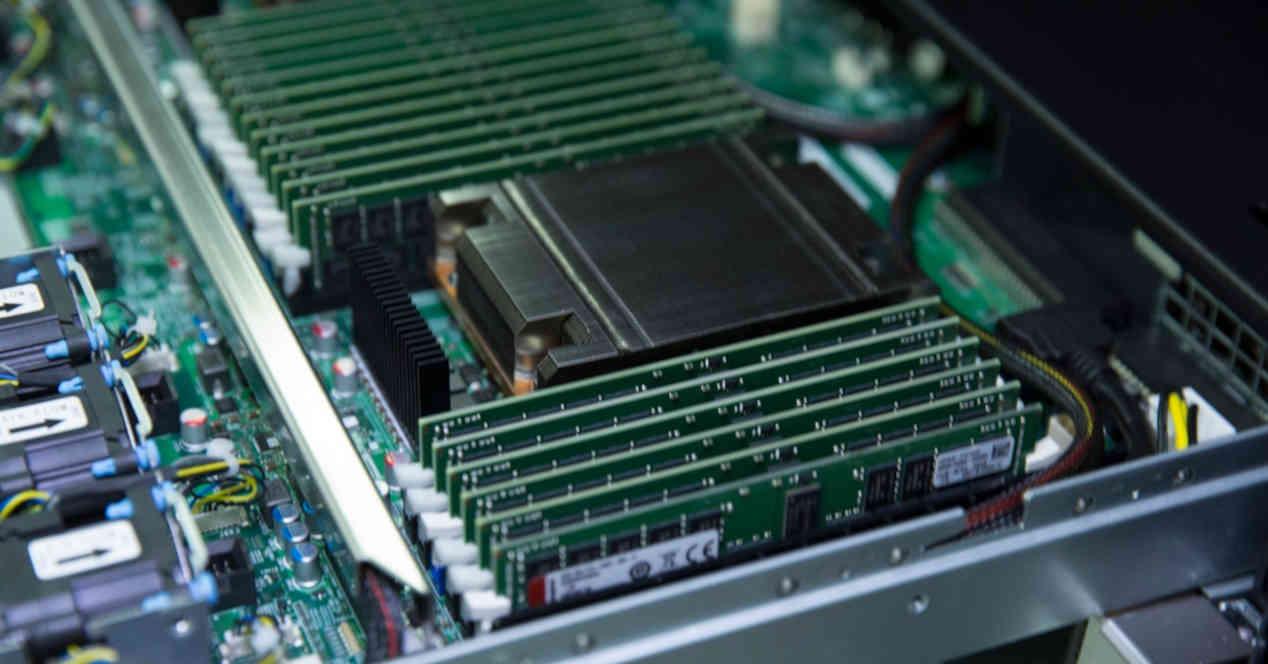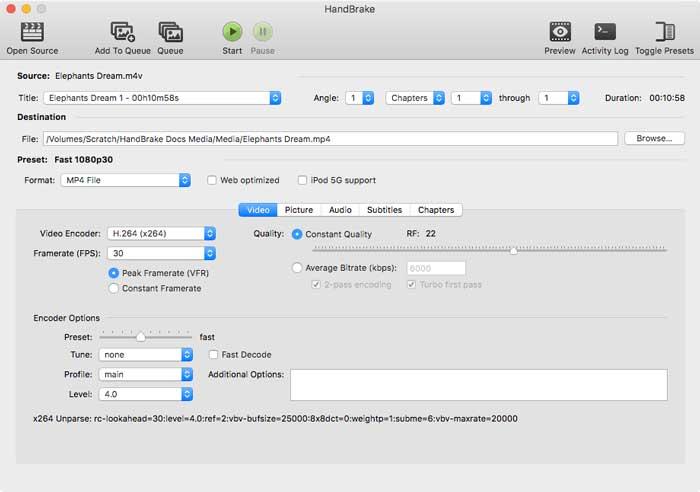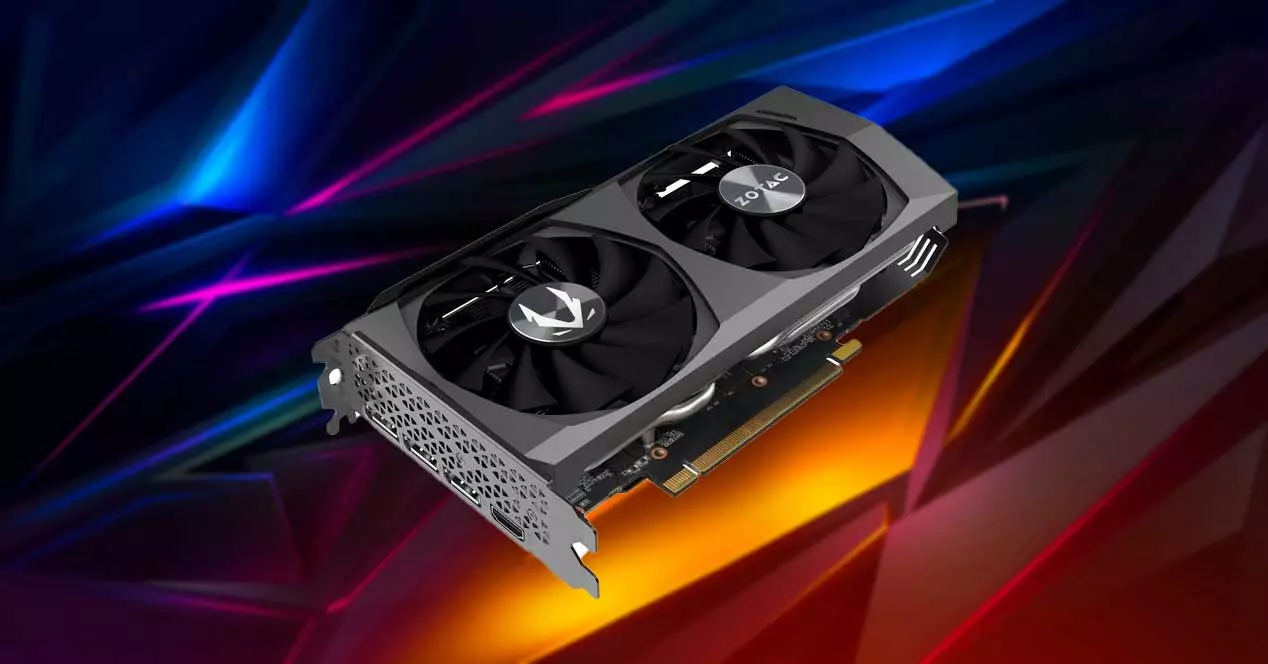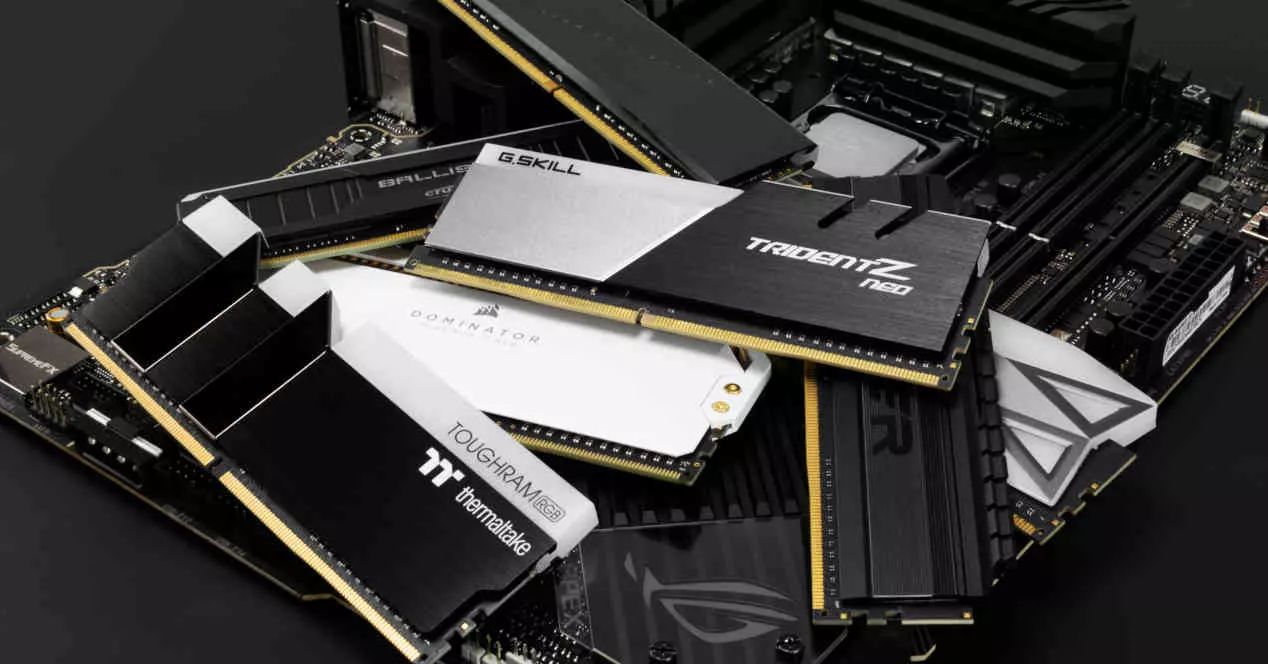
If we look at the specifications of the different memory modules of a type, we will see that the only thing that coincides is in the use of a specific DDR memory standard, apart from that we can see ourselves with unequal clock speeds, latencies and even voltages. What makes us think from the outset that it is not advisable to expand the RAM if we do not have all the modules from the same manufacturer.
However, there is a problem with this and that is that many times the manufacturers of pre-built computers, whether they are towers or laptops, tell us that we can expand the RAM, but they do not tell us the type of DIMM module that we must use and this in In some cases, especially in Single Channel configurations, it can lead to serious problems like a blue screen of death just after turning on the computer.
Can you mix RAM of different types in a PC?
Well, yes, it can be done, but with a series of nuances that we have to clarify. Since for example we cannot combine a DDR4 and a DDR5 on the same board. Furthermore, don’t try to cram a module into a motherboard that it’s not designed for, not only is it a waste of time, but you could break both. What you can do is combine brands under the same memory generation.
Keep in mind that the memory controller will adapt without problem to the specifications of the memory module that is connected, but this will be done using the IMC integrated in the processor and will give us the opportunity to use a different type of DIMM module. for every memory channel we have. It will simply communicate at different bandwidths and times depending on each memory controller and its allocated RAM.
However, if we decide to place two different memories in the same memory channel then we can have problems. Most motherboards will communicate at the speed of the slowest module, but in other cases this can cause problems. That is why memory kits usually come with two pairs of DIMMs of the same type. This is done not only for mounting dual channel configurations, but also in case you have more than one socket per channel on your motherboard.
How does it affect performance?
When we connect a different RAM memory to each ditto channel, we find that it is going to take the worst of each house. For example, if we have one module with a CAS latency of 18 and another with a CAS latency of 16, then both modules will be set to the worst latency of all. In other words, the IMC of the CPU will not choose for each shipment the specifications of each type of memory to use.
This is because the memory controller is divided into two parts, on the one hand, there is the controller itself, which is in charge of controlling the times and these have a margin according to each memory standard. For you to understand better, let’s say that there is a period in the communication in which the CPU and the RAM can be waiting for the communication of the other component. If the first RAM has a latency of CAS 16 and the second CAS 18, but the standard for that type of memory supports shipments up to CAS 18 and they are of the same type, then the first module will adapt to it, since it must be able to work within a few ranges to be compatible with the standard. Voltage and speed
When we combine two RAM modules with different clock speeds and from different manufacturers, we sometimes find that the voltage is not the same. What happens if we have two different RAM modules in these two characteristics? The module at more voltage will match the other in voltage, this allows it to achieve lower clock speeds and then it will do so in terms of bandwidth by matching the clock speed. Let’s not forget that all DIMMs have a bandwidth of 64 bits per clock cycle.
Bandwidth, on the other hand, will not be affected, due to the fact that it is not related to the communication times of the IMC of the processor with the memory. Although let’s not forget that CPUs are much more vulnerable to latency than memory.
Do not mix RAM modules of different capacity
Assuming you have two different RAM modules, even in storage capacity. Let’s say for example that we have one of 4 GB and another of 8 GB and you want to use them on the same PC and you want to connect them without having the Flex Mode activated from the BIOS, then with the same capacities, but with different capacities, that is, one 4GB and one 8GB and you want to connect them, then our advice is don’t. Because then a phenomenon known as Flex Mode occurs, which has been found on motherboards for Intel processors since 2004.
Intel Flex Mode for different RAM modules
Intel motherboards have a mode called Flex that is useful when we have different RAM modules with the same specifications, but different capacities. If, for example, we combine the 4 and 8 GB modules that we have mentioned in the previous section, the following would happen:
- The 4 GB module as well as the first half of the 8 GB module will be accessed in Dual Channel mode.
- The other remaining 4 GB will be done in Single Channel mode.
So in this mode it will depend on where the operating system assigns the programs. The first programs to run will work in the first 8 GB, as the RAM fills up we will see how the performance will drop, especially in the applications that we use later. It is not necessary to activate it since it is an intrinsic feature of all Intel chipsets.
And what about AMD processors?
Flex mode is also supported by AMD CPUs, however it is not something we recommend using, especially if we have an APU and want to use its integrated GPU for gaming or certain applications. Do not forget that GPUs are vulnerable to bandwidth, and having to access data with half of it because they are in the Single Channel part can impact their performance.
So, if you want to combine different RAM modules in an AMD APU we do not recommend it, but neither in a CPU, since you will also find a cut in performance, since the internal speed of the Northbridge will be placed at the slower RAM speed.
